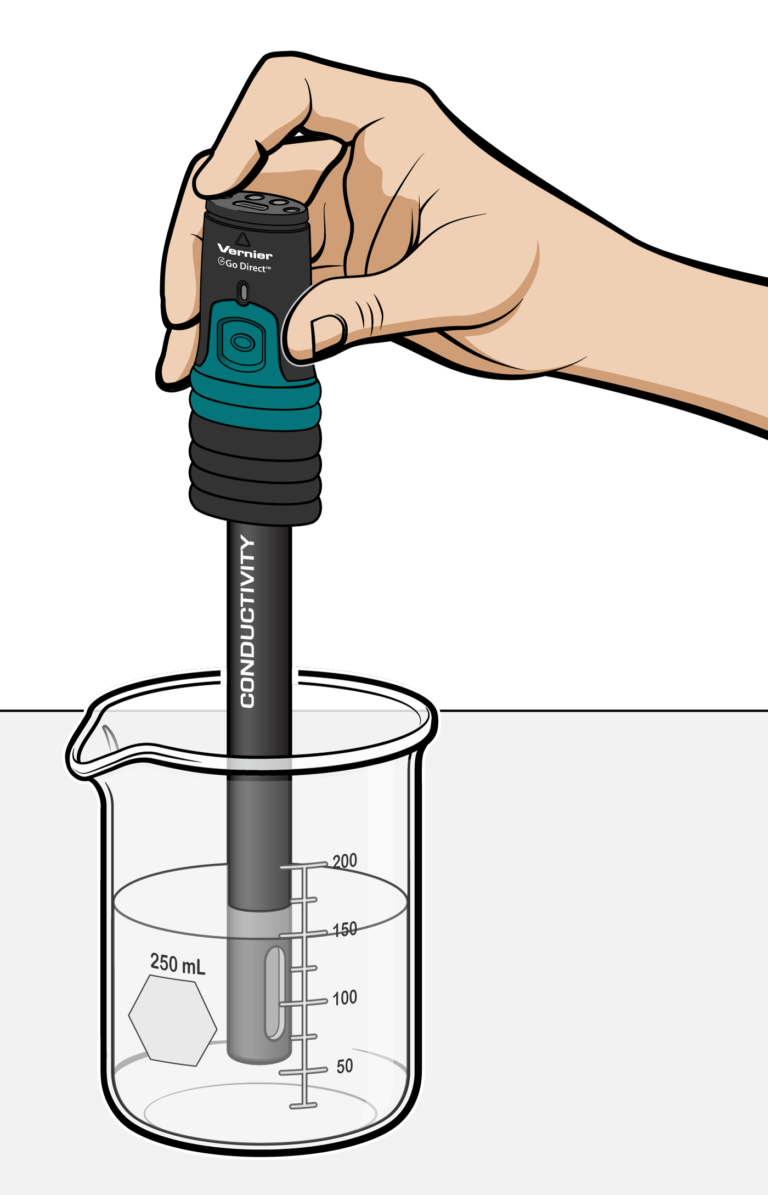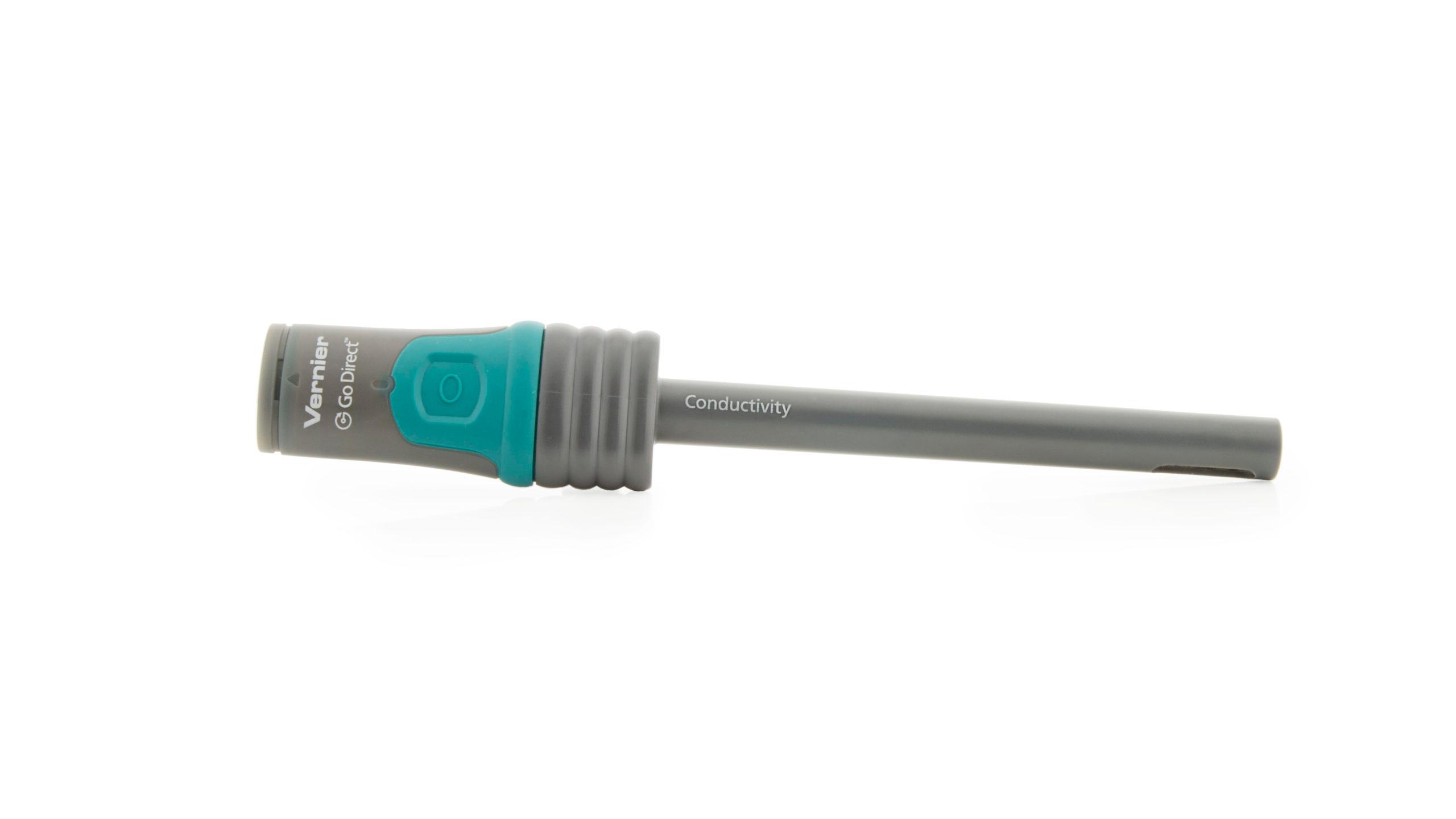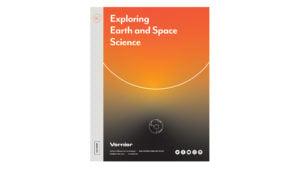Water Hardness Study
Experiment #4 from Exploring Earth and Space Science
- Education Level
- Middle School

Introduction
When water passes through or over mineral deposits such as limestone, the levels of certain ions present in the water increase greatly and cause the water to be classified as hard water. This term results from the fact that calcium or magnesium ions in water combine with soap molecules, forming a sticky scum that interferes with soap action and makes it “hard” to get suds. Soft water, such as rainwater or melted snow, is mostly free of these ions. Soft water, when mixed with soap will form suds. A Conductivity Probe can be used to test for ions in water. Hard water, because of the ions it contains, gives a high conductivity reading. Soft water gives a low conductivity reading.
Objectives
- Use soap to find water hardness.
- Use a Conductivity Probe to find water hardness.
- Find the hardness of the water in your school.
- Apply what you learn as you do a water-hardness study.
Sensors and Equipment
This experiment features the following sensors and equipment. Additional equipment may be required.
Ready to Experiment?
Ask an Expert
Get answers to your questions about how to teach this experiment with our support team.
- Call toll-free: 888-837-6437
- Chat with Us
- Email support@vernier.com
Purchase the Lab Book
This experiment is #4 of Exploring Earth and Space Science. The experiment in the book includes student instructions as well as instructor information for set up, helpful hints, and sample graphs and data.


